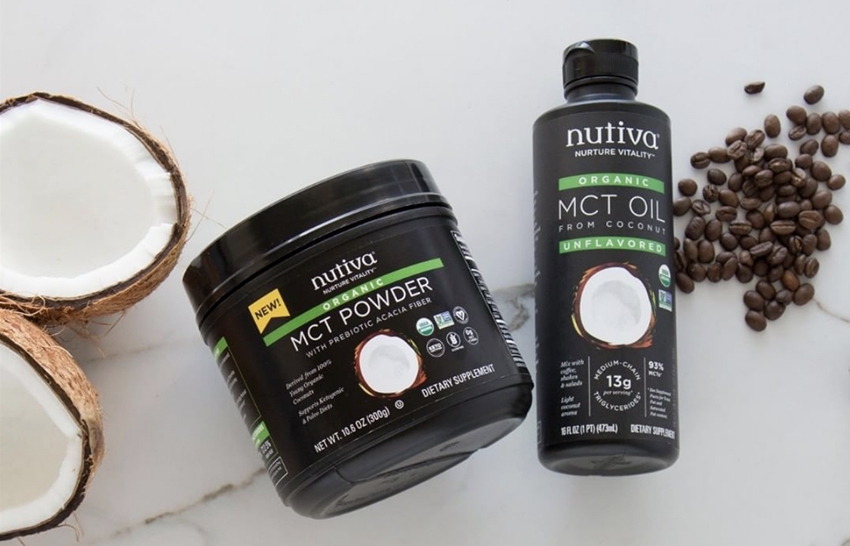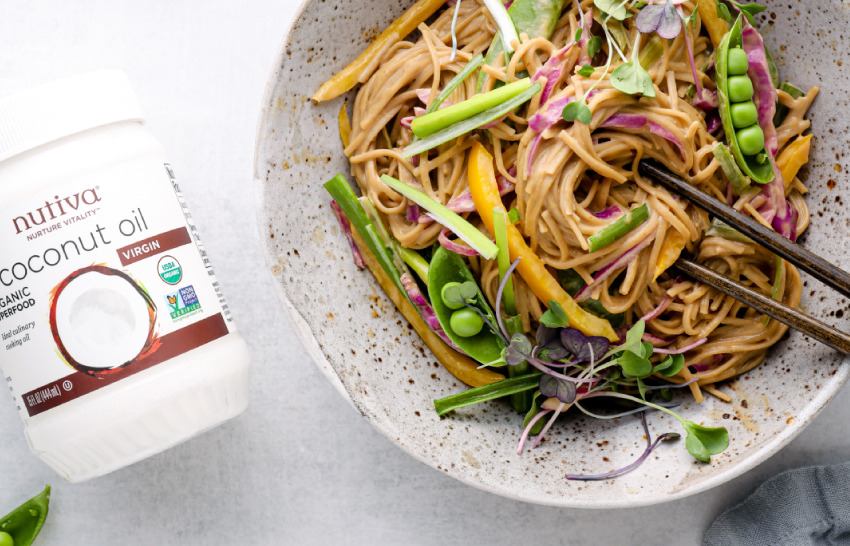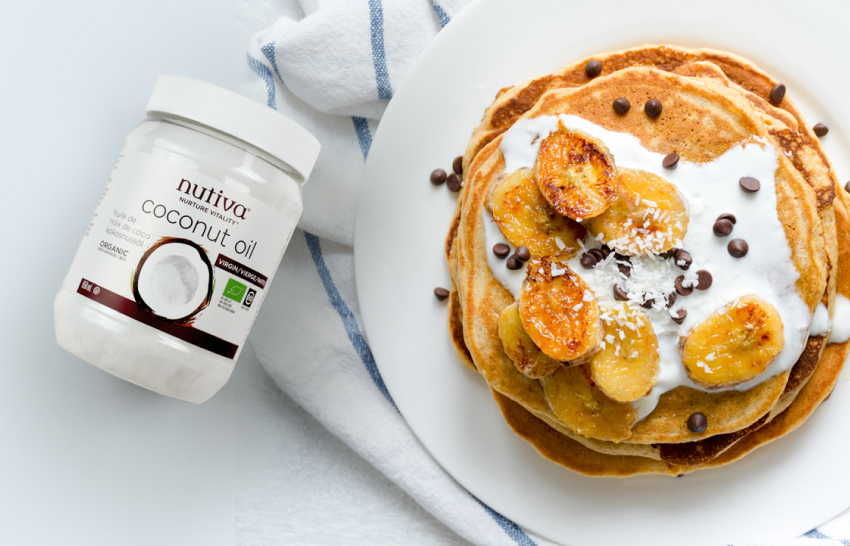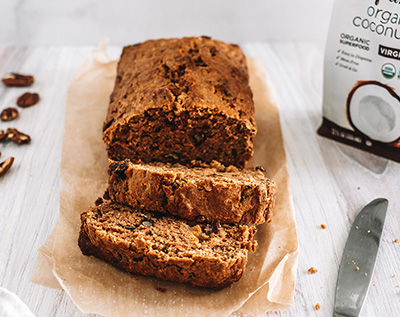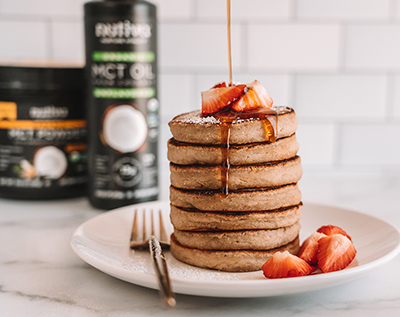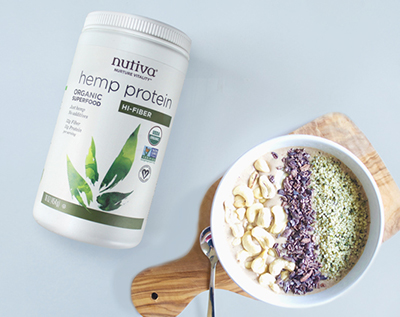Paleo and ketogenic diets have been cropping up with increasing regularity both in the press and on social media, but do you know what the differences (and the similarities) are? Read on to find out more!
What is a Paleo Diet?
The focus of the paleo (short for paleolithic) diet is eating as our ancestors would have done, avoiding processed and refined food. The main foods eaten on the paleo diet are quality meat and fish, eggs, vegetables, nuts & seeds, good quality fats, and select fruits, and the foods to avoid are dairy, gluten, grains, legumes and soy.
What is a Ketogenic Diet?
With a ketogenic diet, the primary aim is to put your body in a state of ketosis, where the body is burning energy from fat instead of carbohydrates. As a rule of thumb, 75% of your food should come from good quality fats, such as coconut oil, chia seeds, other nuts & seeds, salmon, avocado, ghee, grass-fed butter and cheese; 20% of your food should be quality protein, and 5% should be carbohydrates. Foods to avoid are milk, gluten, grains, processed foods, soy and alcohol.
Why Might Someone Consider a Paleo or Ketogenic Diet?
Paleo diets are thought to help promote healthy sleep patterns, increase energy levels, encourage weight loss, improve skin health and lower inflammation in the body. The ketogenic diet was originally developed to help patients with epilepsy, but studies suggest that it might playa role in the improvement of several health conditions such as diabetes, Parkinson’s, Alzheimer’s and obesity.
Are Nutiva Products Suitable for the Paleo and Ketogenic Diets?
In short, yes! Our superfood range of products offer sources of good quality fats from coconut oil, and MCT products are particularly effective at helping the body get into ketosis. Hemp seeds and chia seeds also offer a healthy dose of fats. If you’re interested in finding out more about the ketogenic diet, click here for A Complete Vegetarian Guide to the Ketogenic Diet.

